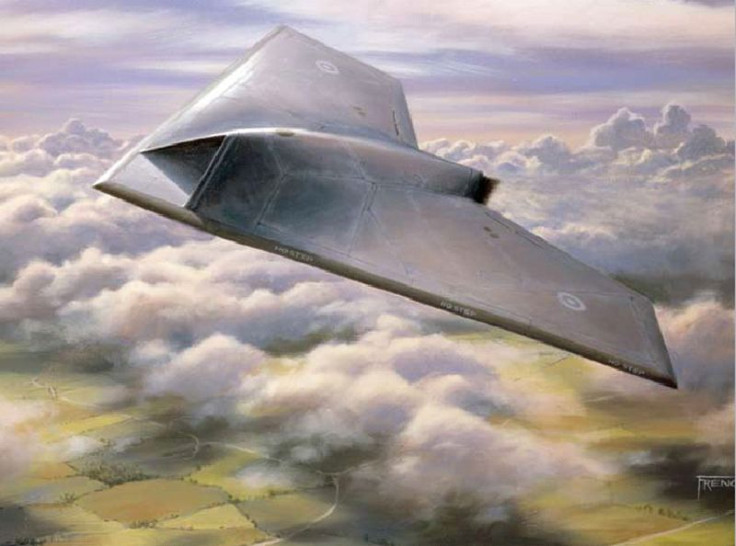US Must Regulate Sale And Use Of Armed Drones, Says Report

Armed drones -- silent, efficient and very lethal -- have fundamentally altered modern war. Their use in Afghanistan and Pakistan has allowed the United States to decimate al Qaeda fighters in ways conventional military forces could not, a fact often trumpeted by the Obama administration.
But the use of drones have also raised serious concerns. Errant strikes have killed numerous civilians, and those living in targeted areas must endure constant anxiety of an attack. Then there’s the ethical question -- is it moral for an Army officer sitting in an air-conditioned office, in the western United States, to order a drone to strike targets thousands of miles away?
In a new report called “Limiting Armed Drone Proliferation,” published by the Council on Foreign Relations, Micah Zenko and Sarah Kreps argue that the time has arrived for the U.S. to set regulatory limits on the use of drones. Because drones do not have pilots, they write, the threshold for launching war is lower -- and the planes cannot avoid sudden danger as easily. Countries may also fire on manned fighter planes -- confusing them with drones.
At the moment, just five countries -- the U.S., U.K., Israel, China and Iran -- use armed drones. But several others have announced an intention to join them, adding a sense of urgency to a rapidly evolving situation. On Friday, the Washington Post published the results of a year-long investigation into the lethality of drones and determined that, contrary to their reputation for safety, more than 400 large military drones have crashed in major accidents around the world since 2001. The finding -- just one year before commercial drone flights are to begin in the United States -- has military implications worldwide.
© Copyright IBTimes 2025. All rights reserved.






















